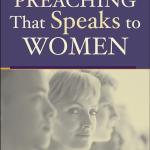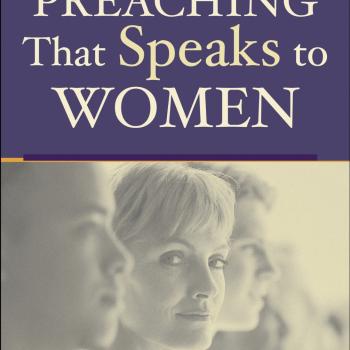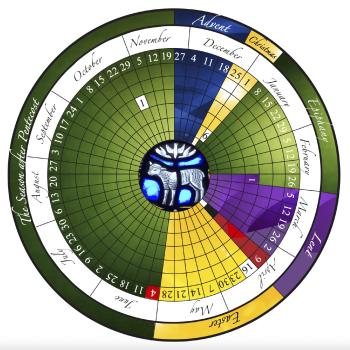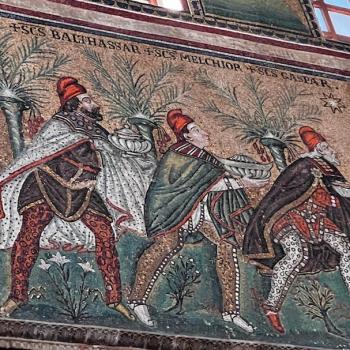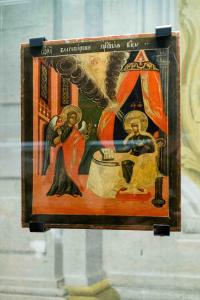
In grade school, we learned complicated facts using mnemonic devices—memory aids to help us remember grammar, math, and other academic information. Have you ever sung the ABCs? Does “Roy G Biv” float through your mind when a rainbow appears? Did you survive math by muttering “Please excuse my dear aunt Sally”? (PEMDAS, for the order of operations, if you’ve forgotten.) Memory helps just make sense.
What mnemonic devices, or memory helps in general, assist you in remembering God’s faithfulness? Because, let’s be real, we will forget if we don’t set some sort of reminder.
We are a forgetful people.
With over 2,000 years’ worth of faithful Christians, it’s natural that many of their stories will be forgotten. What about the life of Jesus, whose stories we have in our Bibles? You’d think we could remember those, but have you met me—a busy professional, wife, mother, daughter, and friend pulled in a dozen directions every day? Surely you have friends like me, whose attention can be redirected from what matters most by the pressing needs of each day and each relationship.
To remember the important stuff, I need help. Sometimes it looks like a Google calendar reminder. Sometimes it’s a smartphone alarm, or a special app to remind me to pray for a specific need. Sometimes it’s a saint’s feast day or a church swathed in bold color or an image to meditate upon.
Help Me Remember
Technology is both a friend and a foe when it comes to my attention span. Is it going to instruct or distract me this time? Sure, the Echo app can remind me to pray for people, but will it keep me focused when my next notification dings? Folks living most of the last 2,000 years were largely unencumbered by technology. They most often lived in their villages, worked with their hands, knew their neighbors, and worshiped in small communities. Many were illiterate, without a written copy of the Bible (even after the printing press). How did they learn the stories of their faith? How did they remember them all?
[I’m not knocking technology—it is what allows me the freedom to earn wages, read for pleasure, create art (however badly), pursue dreams… whatever time I’m not using my literal hands and feet to plant and pick veggies from the back garden, bake bread to put on a table I’ve cleaned, darn socks and sew clothes for my children… technology gives me the time and energy to pursue more than survival.]I’d love to gather ideas from my readers on how they remember past interventions of God, people’s faithful acts from the distant past, Jesus’s loving acts on our behalf, etc. What keeps you in tune with the tangible evidence of God’s work? Let’s allow for the semi-regular practice of Bible reading and study, going to church, and prayer. If those aren’t normal parts of your life, I encourage you to begin incorporating them. You will never be the same! But I also want to move past those and see what folks are doing to celebrate, remember, and honor God’s work in their lives and through the ages.
Faith-Oriented Mnemonic Ideas
- Visual images give us cues on which to concentrate our attention. The Visual Museum of Women in Christianity focuses on women in the early church, saints and martyrs who dedicated their lives to Christ. In their stories, as depicted on canvas, stone, and plaster, we learn about God’s work in and through their lives.

Santa Prassedes Apse in Rome: Paul with his arm around Praxedes, Peter with his arm around her sister Pudentiana. The women present to Christ Pantocrator their martyrs’ crowns. Who were Perpetua and Felicity? Martyrs, one noble, one slave, who refused the safety of wealthy
Who were Praxedes and Pudentiana? 2nd-century sisters dedicated to honoring the bodies of martyrs.
Who was Cecelia? Agnes? Lucy? They were all virgin martyrs, determined to live for Christ or die trying.The Visual Museum shares artwork dedicated to the saints and tells their stories. Be inspired by courage, purposeful suffering, devotion, love for God from women who lived decades after Christ. If you travel to Italy, go see the cathedrals and museums that hold physical reminders of our brothers and sisters from ages past.
- Liturgical churches enjoy a built-in system for regularly celebrating the life of Christ. I detail how annual church seasons and feast days can help all believers remember that we are part of a worldwide, centuries-long faith family. See The Church Calendar: How It Helps Us Remember Our Story and The Christian Calendar.
-
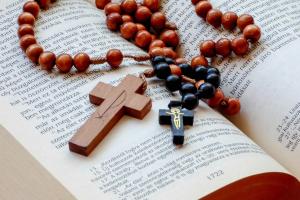
Anglican Prayer Beads. Used with permission from rawpixel. Are you a kinetic learner? Tangible mnemonic devices might include relics, icons, or prayer bracelets like rosaries (for Catholics) or these Anglican Prayer Beads from illustrator Natasha Kennedy. If the mention of relics raised your eyebrows, listen to this conversation on the Alabaster Jar podcast to learn how they were revered as a sign of hope for the resurrection to come.
What other memory devices do you use? I welcome your suggestions!


